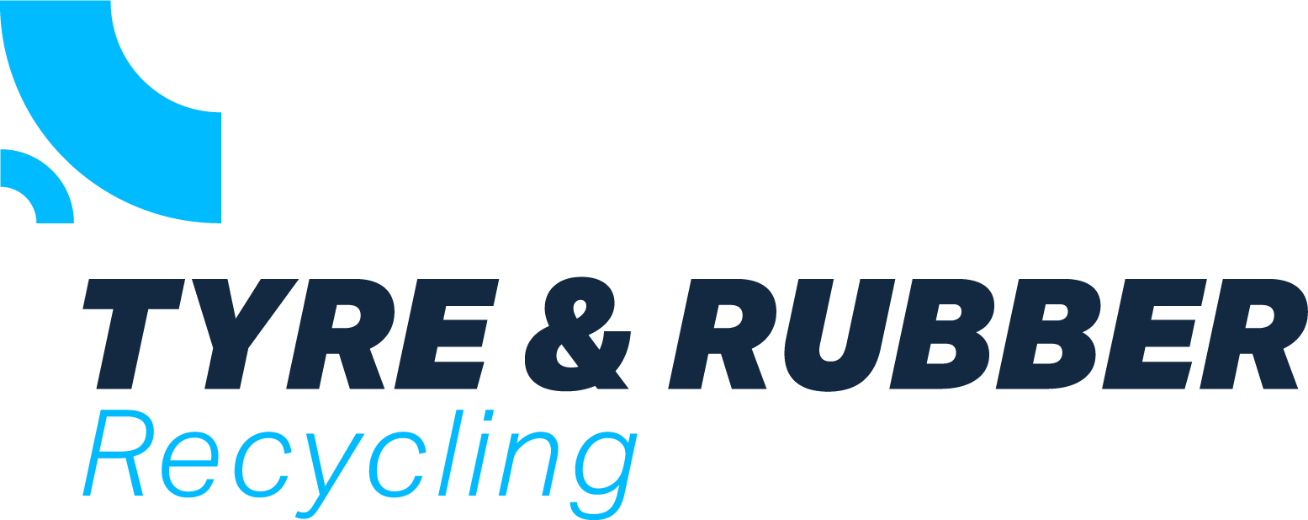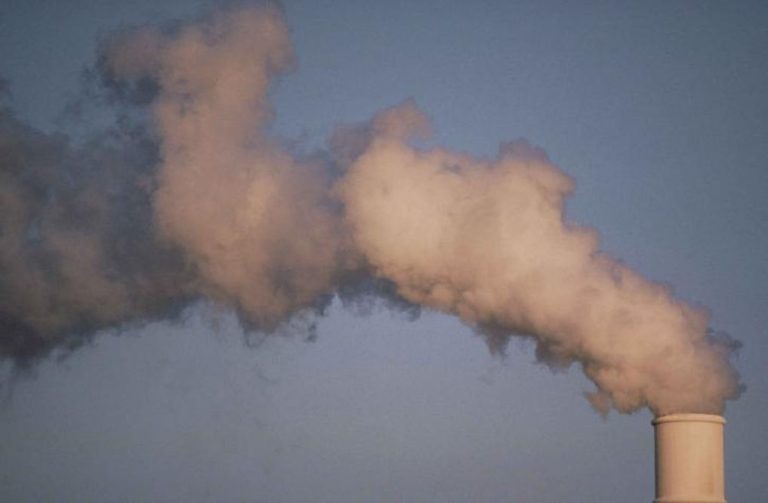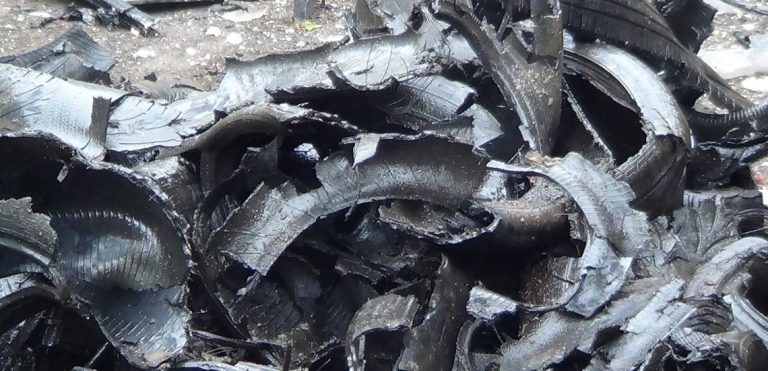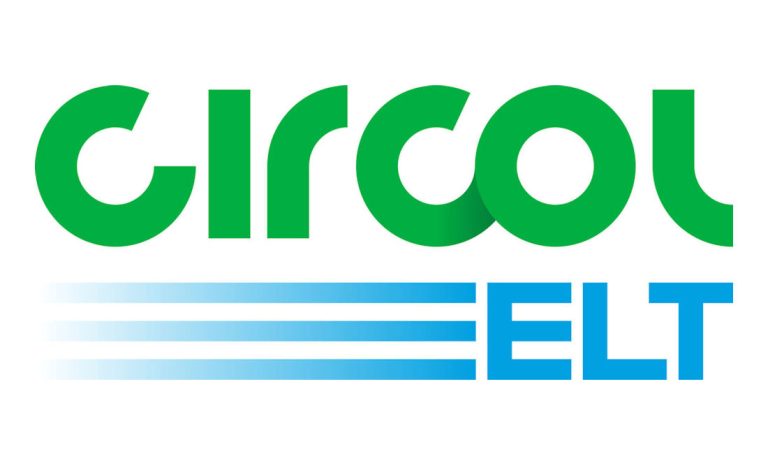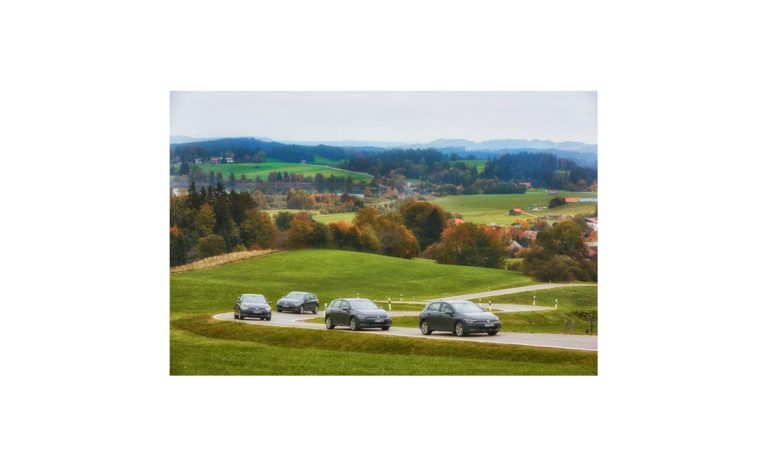A team of the Haryana State Pollution Control Board (HSPCB) carried out a surprise inspection and sealed the operation of a tyre pyrolysis factory at Bhanderi village of Gohana, after finding violations of the pollution norms and emission of hazardous gases
Action was taken against Shree Balaji Trading Company, located in Bhanderi village and operating within the ‘Orange category’ for tyre pyrolysis using scrap tyres as raw material, following persistent complaints from residents of nearby villages regarding odour emissions attributed to noxious gases released during operations.
In response, Assistant Environment Engineers Yogesh Kumar Saharan and Kushagra from the Regional Office, Sonepat, conducted an inspection at the facility on the night of December 3. The team identified several non-compliances, including the emission of hazardous gases into the atmosphere during the tyre pyrolysis process, absence of requisite air pollution control devices, and an inoperative Air Pollution Control Machine (APCM) in the pyrolysis section.
The unit lacked mechanisms to prevent or capture fugitive emissions, and the effluent treatment plant (ETP) was found non-operational and abandoned. Additionally, black carbon residues were observed throughout the premises. The investigation also revealed that two diesel generator sets (82.5 kva and 58.5 kva) had been installed without dual fuel kits or retrofit emission control devices (RECD), contravening directives issued by the Commission of Air Quality Management in September 2023.
Written complaints were submitted by local residents to pollution board officials present at the site. The inspection report forwarded to the Regional Officer (RO), Sonepat, concluded that the unit was in violation of the Air Act, 1981, had created an emergency situation through the release of hazardous gases, and posed a risk to the health and safety of the surrounding population. Immediate closure of the facility was recommended.
Consequently, Ajay Kumar Malik, RO, HSPCB, ordered the cessation of all operations at the unit and instructed that its electricity supply be disconnected with immediate effect.



